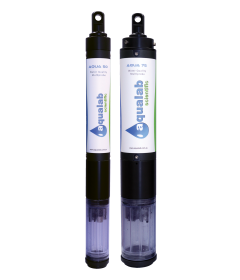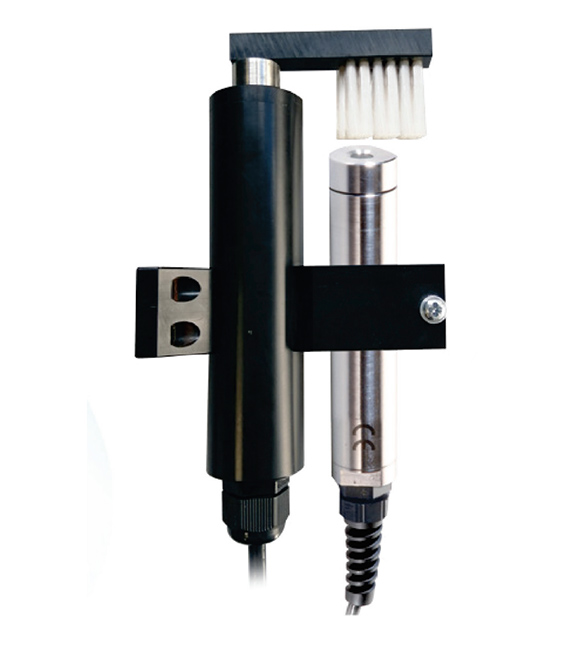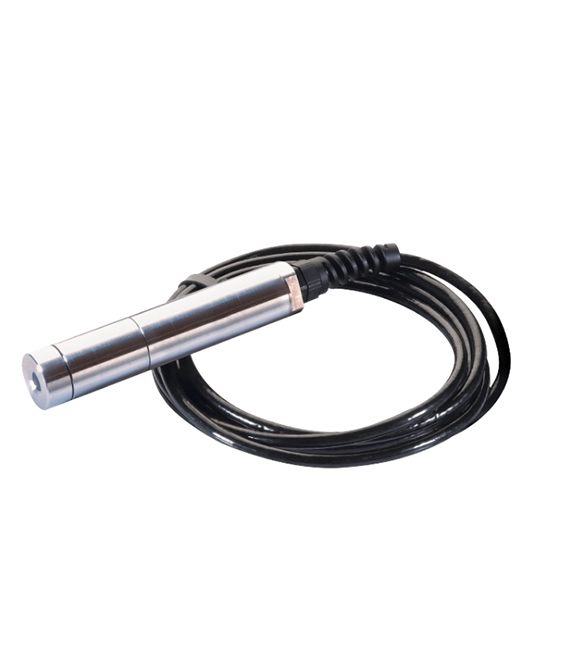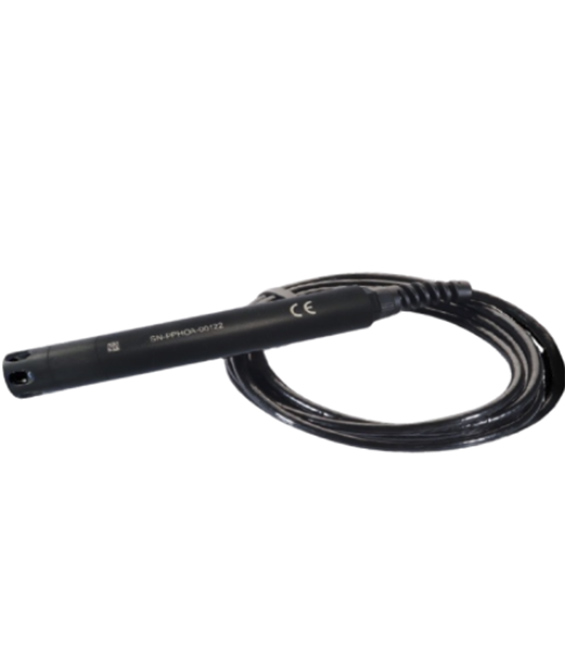The AQUA MINI is the smallest multiprobe by Aqualab Scientific. Super versatile, the AQUA MINI includes temperature and any other water quality parameter within a 50mm diameter housing. It is suitable for:
• Spot Checking
• Low Flow Sampling
• Unattended Logging
• Remote Telemetry
• Process Control
• Laboratory
• Ground Water
• Lakes, Rivers, Estuaries
• Water & Wastewater
• Education & Research
• Aquaculture
• Dye Tracing
• Oil Spill Response
• Oil & Gas
Available Models
Two AQUA MINI models are available:
• AQUA MINI
• AQUA MINI (with internal battery pack)
All models include:
• 50mm diameter housing
• Internal Memory
• Sensor Guard with weight
• Sensor Maintenance Kit
• Software (Android / IOS)
All AQUA Multiprobe models come with an industry best 3 year warranty!
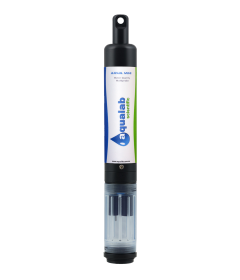
Sensor Suite
The below sensors are included as standard:
• Temperature (Temp)
A Depth sensor is optional:
• Low Range Depth (0 to 25m)
• High Range Depth (0 to 200m)
• Low Range Vented Depth (0 to 10m)
Plus any one of the following sensors:
• Dissolved Oxygen (optical ADO)
• Conductivity (EC)
• pH
• Oxidation Reduction Potential (ORP)
• Turbidity
• Blue Green Algae (fresh water)
• Blue Green Algae (salt water)
• CDOM/FDOM
• Chlorophyll a
• Chlorophyll red
• Crude Oil
• Eosin
• Fluorescein
• Optical Brighteners
• Refined Fuels
• Rhodamine
• Tryptophan
• Carbon dioxide
• Methane
• Photosynthetically Active Radiation (PAR)
• Total Dissolved Gas (TDG)
An internal battery pack for unattended deployments is optional.
Cable Options
Various cable lengths available:
• 5 meter
• 10 meter
• 20 meter
• 30 meter
• 40 meter
• 50 meter
• 75 meter
• 100 meter
• 150 meter
• 200 meter
Vented cable lengths are also available:
• 5 meter (vented)
• 10 meter (vented)
• 20 meter (vented)
• 30 meter (vented)
• 40 meter (vented)
A Cable Reel is available for Manta models with up to 200m of cable.
AQUA Mobile (Battery & Bluetooth Module)
The AQUA MINI requires a AQUA Mobile to display.
The AQUA Mobile is a rechargeable, high-capacity lithium battery. It is also a Bluetooth transceiver. Combined within a waterproof (IP67) case, the AQUA Mobile powers the AQUA MINI and communicates wirelessly to a mobile device of your choosing (Android or Apple).
The AQUA Mobile will power a AQUA MINI for eight hours or more.
Note: PC & Laptops require a direct cable connection and USB adaptor.
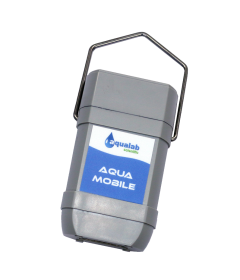
MantaLink App
Users download a mantaLink App to operate & access data from the Manta. Installing mantaLink on your display device (phone or tablet) takes just a few minutes; after which connecting AQUA MINI to your display device is easy.
The mantaLink facilitates:
• Parameter calibration
• Unit selection
• Datalogging initiation
• Data snapshot / screenshot
• Data email
• Geofencing
mantaLink’s black background with large, white lettering, allows data to be easily seen in sunlight.
Download the mantaLink App here:

Accessories
SDI-12 and MODBUS output for connection to third-party devices, USB Output, PC Data Cable, Bluetooth-equipped tablet (Apple and Android) with rugged field enclosure, flow cell, copper anti-fouling options, pipe kit, hard carry case, telemetry kit and calibration solutions.
Why choose the AQUA MINI?
• Reliability
AQUA MINI is built for demanding field conditions, and has manufacturer providing a 3 year warranty – which includes sensors!
• Superiority
Superior sensors mean you can stand behind your data.
• Fitness for Purpose
AQUA MINI construction has been tested in thousands of demanding applications.
• Lifetime Cost
Not only does AQUA MINI has a highly competitive purchase price, but it also has the lowest maintenance costs in the industry.
• Ease of Use
AQUA MINI is easy to calibrate. Simple & intuitive software walks you through the calibration process within a few minutes. You will not need a user manual to learn the software features.
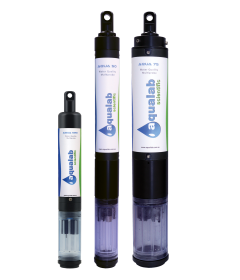
AQUA MINI products have proven themselves over two decades in every kind of application – deep or shallow, hot or cold, fresh or salt, clean or fouling. In lakes, rivers, estuaries, near-shore marine, and process waters in thousands of sites around the world.
AQUA MINI water quality multiprobe is exclusively represented by Aqualab Scientific.






